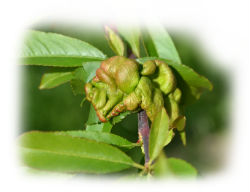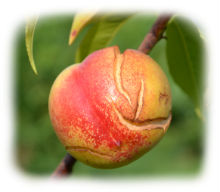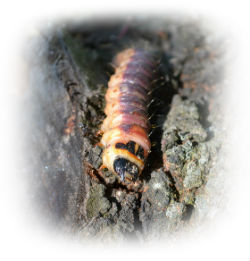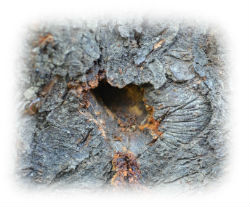The illnesses of stone fruit

The factors reducing the crop of stone fruits in Greece
Article describes only the factors which meets company Frulantis in fresh fruit exports from Greece. This article is not encyclopedic, some diseases and pests may not appear in the areas where we produce our products. This article reflects the difficulties encountered by exporters, which like Frulantis, export products directly from the plantations. Taphrina deformans

Taphrina deformans - is a fungus that attacks the leaves of stone fruits. Affected leaves are deformed, twisting oddly, becoming "curly". Leaves are curly because of fungus attaches fruit bags (asci) in which there are the harmful mold spores. Tafrina deformans develops in wet conditions in the spring.
To tafrina did not cause significant damage to crops, it is necessary during the falling of leaves and late winter, spray trees with preparations based on copper. If all the same fungus showed himself once blossomed buds, it is necessary to remove the affected area, and then spray the trees with preparations of another type (in each case is determined by a specialist).
Monilinia

But there is even more dangerous than tafrina, a fungal disease. It is a - Monilinia which is also called fruit rot. Monilinia is caused to multiplication of fungus Monilia cinerea, which enters through the damages in the bark. Development of Monilinia is caused by heavy and long rains. Considering that even the identification of the disease in the first stage makes the fruit unusable for shipment to customers, we have to give especial attention to monilia. The trees must be sprayed at the flowering period preparations based on copper. And, if in the next few days the rain (and often it is so), then the procedure should be repeated.
On the photo can be seen nectarine affected by monilinia. The fruit rather quickly turns into a mass of brown rot covered with strings of white bumps (called pustules).
Important role in preventing of monilinia is the right choice landing sites for stone fruit and a selection of varieties with the highest immunity to this type of fungus. Under the right place is meant the open sun area, windswept. In addition, it is important to be not a lowland in which delays the rainwater.
Given that the major areas of growth of peach and nectarine in Greece are districts Pella and Imathia, the question of the lowland is very relevant. In the time of Alexander the Great the sea extended far into Greece while Pella and Veria were seaside towns. But later the sea receded, leaving a lake, gradually over the years to turn into a swamp. The Greek government in 1934 drain the swamp that has allowed to increase the sown areas. However, it should be noted that some areas within the deep lowland after heavy rains covered with a layer of water up to 8 inches, which makes them similar to the rice fields. In such areas, planted cotton and other cultures that such conditions are more suitable.
Cracks on the fruit caused by heavy rainfall

The next misfortune, which damages stone fruits are heavy rains at maturity, changing an abrupt change of weather to clear, with a bright, hot sun. Trees simply do not have time to slowly evaporate the moisture accumulated, leading to cracks on the fruit. It happens especially in early summer, and often is suffering from it the cherry. By the way, despite the fact that the cherry also belongs to the stone fruits, we have described in a separate article, the factors affecting the yield of sweet cherry.
Goat Moth (Cossus Cossus)

The following paragraph focuses on the pest that does not leave the trees alone the entire growing season. Cossus Cossus lays its eggs in the period from May to August, which can mean one thing: the need to monitor the condition of the trees with fruit set and untill time to maturity.
On the photo you can see the caterpillar borers of the trunk of the tree. Caterpillars, after they leave the eggs laid in the folds of the bark, bite into the tree trunk. And they do it at the level of 10-15 cm below the soil level. Obviously, this is done in order to hide their tracks to the point when the condition of the tree will clearly indicate the presence of caterpillars.

In order to find a caterpillar, preferably periodically check the trunks of trees, loosening the soil to a depth of 15-20 cm entrance to the tunnel, dug caterpillar, has a diameter of 15-20 mm, and clearly visible including the abundance of excrement. Fight Cossus Cossus must be in the complex: it is timely removal of diseased trees, whitewashed trunks and insecticides.

Caterpillar gnaws vascular system, which leads to disruption supply of nutrients. On the left - a branch of peach tree that settled by caterpillars. You may notice that the power fruit of the trees stopped juices, and exposure to the sun causes the green fruit color up early. Accordingly, and the green color of the leaves is also changed to brown-red. Regarding the tree in the photo, it should be noted that at this stage, the tree is doomed to failure. Usually, however, the presence of the pest in the heart of the tree may notice in time and save it from drying out.
|